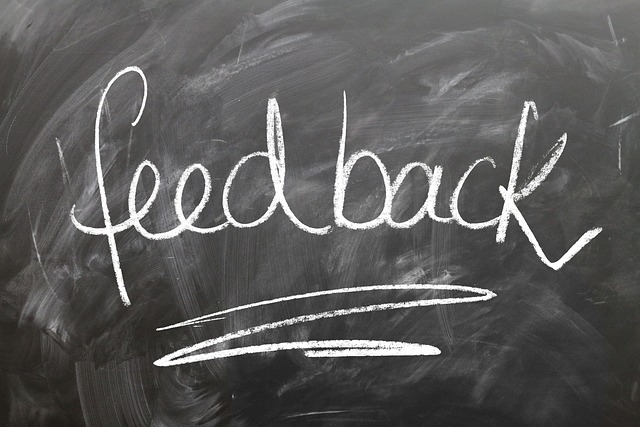
“Mastering the Art of Clarifying Conversations in Conflict Resolution”
Understanding the Power of Clarifying Conversations in Conflict
Conflict is a natural part of human interaction, yet it often leaves us feeling frustrated, misunderstood, and disconnected. At the heart of many conflicts lies a breakdown in communication—especially when we make assumptions or jump to conclusions without fully understanding the other person’s perspective. This is where the art of the clarifying conversation becomes invaluable.
What is a Clarifying Conversation?
A clarifying conversation is a thoughtful, intentional dialogue aimed at uncovering true intentions, feelings, and needs amidst a conflict. Instead of reacting emotionally or defensively, both parties strive to ask questions, listen actively, and express themselves clearly. This process helps create space for understanding rather than judgment.
Why Do Clarifying Conversations Matter in Conflict?
When emotions run high, it’s easy to misconstrue what the other person is saying or overlook important details. Often, people leave conflicts feeling that their voices weren’t heard or that their feelings were dismissed. Clarifying conversations prevent these pitfalls by:
- Reducing Misunderstandings: By asking open-ended questions and reflecting back what you hear, you ensure that both parties are on the same page.
- Building Empathy: Truly seeking to understand the other person’s perspective fosters connection and decreases hostility.
- Encouraging Responsibility: When people feel understood, they become more willing to take ownership of their part in the conflict.
- Creating Collaborative Solutions: Understanding the root causes allows both sides to co-create resolutions that respect everyone’s needs.
How to Master Clarifying Conversations
Mastering this art is a skill that requires patience, practice, and self-awareness. Here are some steps to guide you:
- Stay Present: Focus on the moment and avoid distractions. Put aside your assumptions and listen genuinely.
- Ask Open-Ended Questions: Questions like “Can you tell me more about how you felt at that moment?” encourage the other person to elaborate.
- Reflect and Summarize: Paraphrase what you’ve heard to check understanding. Say things like, “What I’m hearing is…”
- Express Your Own Feelings Clearly: Use “I” statements to share your experience without blaming, such as “I felt hurt when…”
- Be Patient with Silence: Sometimes people need a moment to gather their thoughts. Let the silence be part of the process.
- Maintain Respect: Avoid interrupting or judging. Remember, the goal is understanding, not winning.
Feeling Heard, Feeling Connected
In conflicts, many of us crave simple recognition—that our feelings and perspectives are valid. The clarifying conversation meets this craving by turning conflict from a battleground into a bridge. When both parties engage in such conversations, they experience relief, clarity, and often, renewed trust.
Whether in personal relationships, workplaces, or community settings, embracing the art of clarifying conversations transforms conflict resolution from a source of stress into an opportunity for growth and deeper connection. It challenges us to listen beyond words and to respond with curiosity and compassion.
Start Practicing Today
Next time you face a conflict, pause and invite a clarifying conversation. This simple shift in approach can make all the difference—not just in resolving the immediate issue, but in transforming how you relate to others for the long term.


